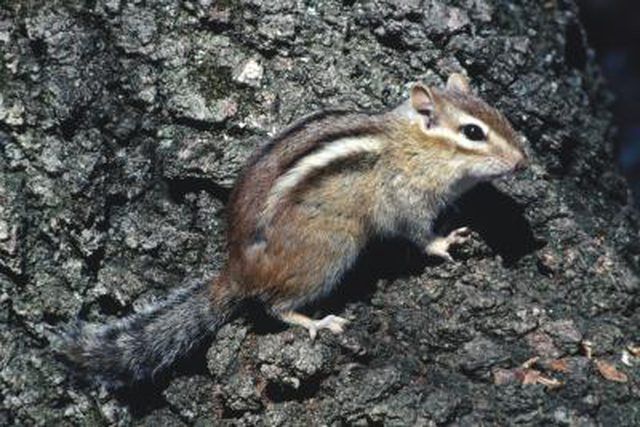Bulbs
Flower Basics
Flower Beds & Specialty Gardens
Flower Garden
Garden Furniture
Garden Gnomes
Garden Seeds
Garden Sheds
Garden Statues
Garden Tools & Supplies
Gardening Basics
Green & Organic
Groundcovers & Vines
Growing Annuals
Growing Basil
Growing Beans
Growing Berries
Growing Blueberries
Growing Cactus
Growing Corn
Growing Cotton
Growing Edibles
Growing Flowers
Growing Garlic
Growing Grapes
Growing Grass
Growing Herbs
Growing Jasmine
Growing Mint
Growing Mushrooms
Orchids
Growing Peanuts
Growing Perennials
Growing Plants
Growing Rosemary
Growing Roses
Growing Strawberries
Growing Sunflowers
Growing Thyme
Growing Tomatoes
Growing Tulips
Growing Vegetables
Herb Basics
Herb Garden
Indoor Growing
Landscaping Basics
Landscaping Patios
Landscaping Plants
Landscaping Shrubs
Landscaping Trees
Landscaping Walks & Pathways
Lawn Basics
Lawn Maintenance
Lawn Mowers
Lawn Ornaments
Lawn Planting
Lawn Tools
Outdoor Growing
Overall Landscape Planning
Pests, Weeds & Problems
Plant Basics
Rock Garden
Rose Garden
Shrubs
Soil
Specialty Gardens
Trees
Vegetable Garden
Yard Maintenance
How to Kill Chipmunks
How to Kill Chipmunks. Chipmunks may be cute, but they can also be annoying pests. As they gather and store seeds for the winter, chipmunks may deplete your bird feeder, dig up seeds and flower bulbs in your garden, and chew into containers of pet food. Even worse, they can damage the structural integrity of your patio or home by burrowing...

Chipmunks may be cute, but they can also be annoying pests. As they gather and store seeds for the winter, chipmunks may deplete your bird feeder, dig up seeds and flower bulbs in your garden, and chew into containers of pet food. Even worse, they can damage the structural integrity of your patio or home by burrowing underneath it. Trapping and killing chipmunks can help protect your property.
Things You'll Need
Cardboard box
Strychnine
Rat traps (snap or wire cage)
Cut a 3-inch hole in a small cardboard box. Place the box near the chipmunks' burrow entrance or in their usual path of travel. The box will allow chipmunks to enter while keeping birds and larger animals away.
Place poisoned bait (strychnine in a 1/2 percent bait formulation) underneath the box. Place food, such as nuts and seeds, outside the entrance to draw the chipmunks in.
Set rat-size snap traps or wire cage traps in the chipmunks' usual path of travel. Place snap traps in a cardboard box with a hole cut out, like the poisoned bait, to protect children, pets and other wildlife from harm.
Bait the traps with peanut butter mixed with oatmeal, sunflower seeds or dried fruit. Place the baited traps out for two or three days without setting them; this will help the chipmunk get used to the trap's presence and feel safe going there for food.
Release chipmunks trapped in live traps at least a mile away from your home, or euthanize them humanely.
Change the environment to make it less attractive for other chipmunks who might want to move in. Store all food and seed in rodent-proof containers, and keep bird feeders 25 to 30 feet away from your house. Remove ornamental shrubbery or dry rock walls that may provide cover for chipmunks.